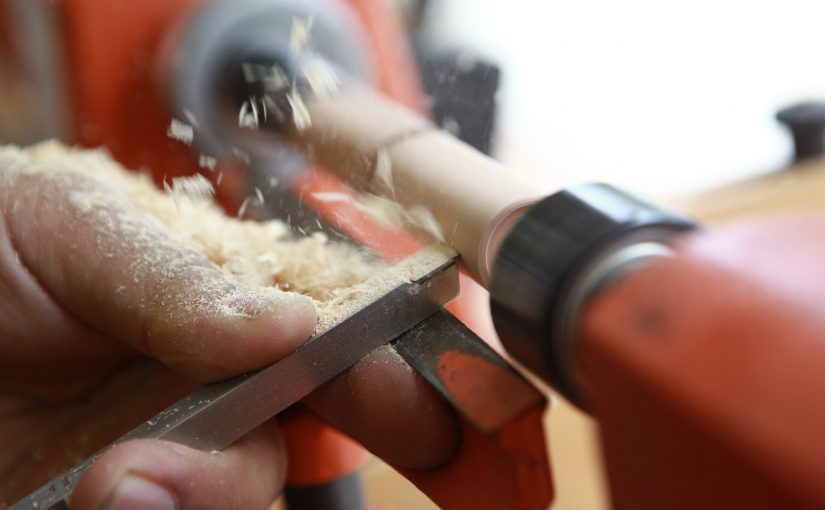Have you ever heard of a machine that can break through concrete walls without making a loud noise? Or a machine that can fit through narrow doorways but still has powerful capabilities? That is exactly what the Brokk 60 is – a compact demolition robot that can do what other machines cannot.
The Brokk 60 is a small but mighty machine that is perfect for indoor demolition projects. With its compact size and robust strength, it can squeeze into tight spaces and demolish a variety of structures, including walls, floors, and ceilings. Unlike traditional demolition methods that require larger machines or manual labor, the Brokk 60 is efficient and effective in its tasks.
One essential feature of the Brokk 60 is its remote-controlled operation. The machine is operated by a remote control that allows the operator to control the machine’s movements and actions from a safe distance. This not only helps to prevent accidents but also makes it easier for the operator to maneuver the machine in tight spaces. Additionally, the Brokk 60’s remote-controlled operation allows it to demolish structures without the need for scaffolding or other support structures, which saves time and reduces labor costs.
Another significant advantage of the Brokk 60 is its versatility. The machine can be equipped with various attachments that allow it to perform a wide range of demolition tasks. For example, the Brokk 60 can be fitted with a hydraulic breaker to break through concrete or a bucket to remove debris. Its versatility makes it an excellent choice for various types of demolition projects and saves money by avoiding the need to rent multiple machines.
One more great feature of the Brokk 60 is its quiet operation. Compared to other demolition methods that can be extremely loud and disruptive, the Brokk 60 operates at a very low noise level. This is particularly useful for indoor demolition projects in residential or commercial areas where noise regulations may be strict.
Aside from its compact size, remote-controlled operation, versatility, and quiet operation, the Brokk 60 is also a safer option for workers. With its robotic operation and remote-controlled system, the Brokk 60 eliminates the need for workers to perform dangerous and physically challenging work. Workers can operate the machine from a safe distance, reducing the risk of injuries and accidents.
The Brokk 60 is an impressive machine that can take on a wide variety of demolition projects with ease. Its compact size, versatility, and remote-controlled operation make it an efficient and effective choice for indoor demolition projects, while its quiet operation and safety features make it a safer option for workers. So the next time you need to demolish a structure, consider the Brokk 60 – the compact demolition robot that can get the job done.
While the Brokk 60 may be just one machine, its compact size and robust strength make it a force to be reckoned with.









